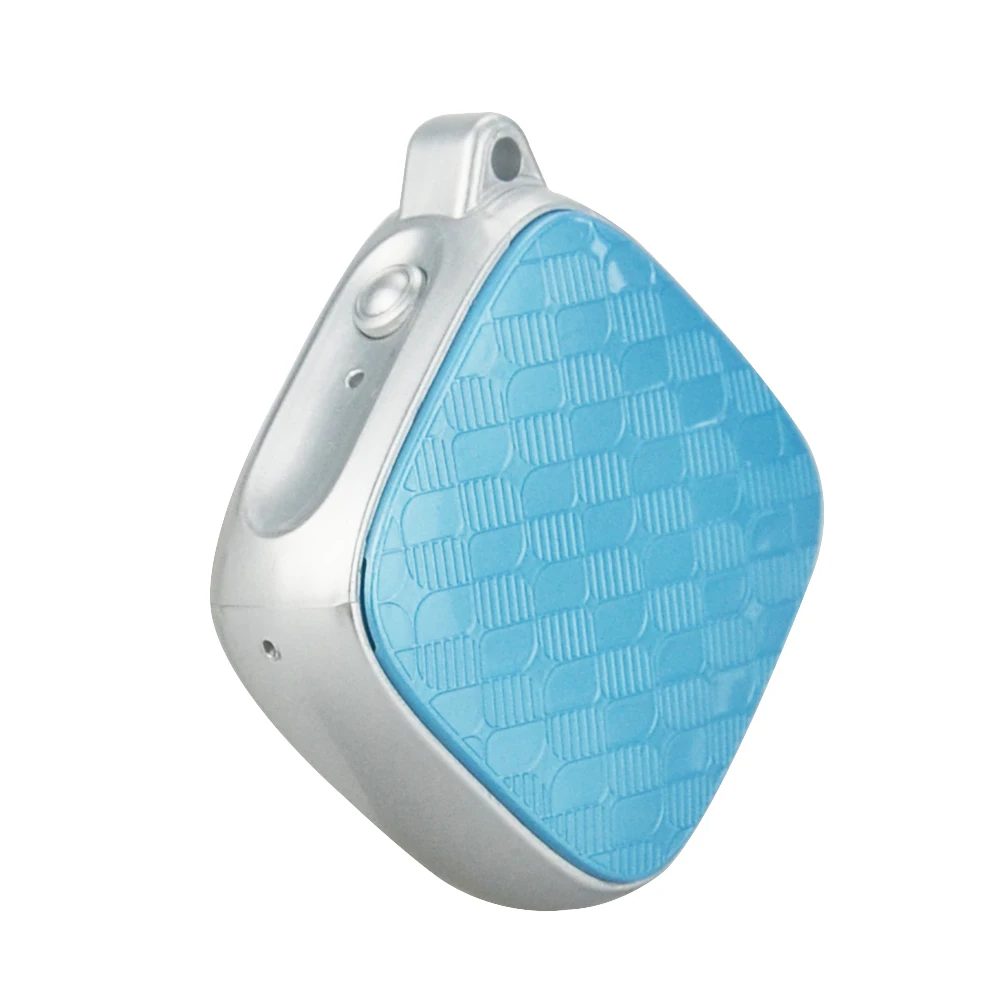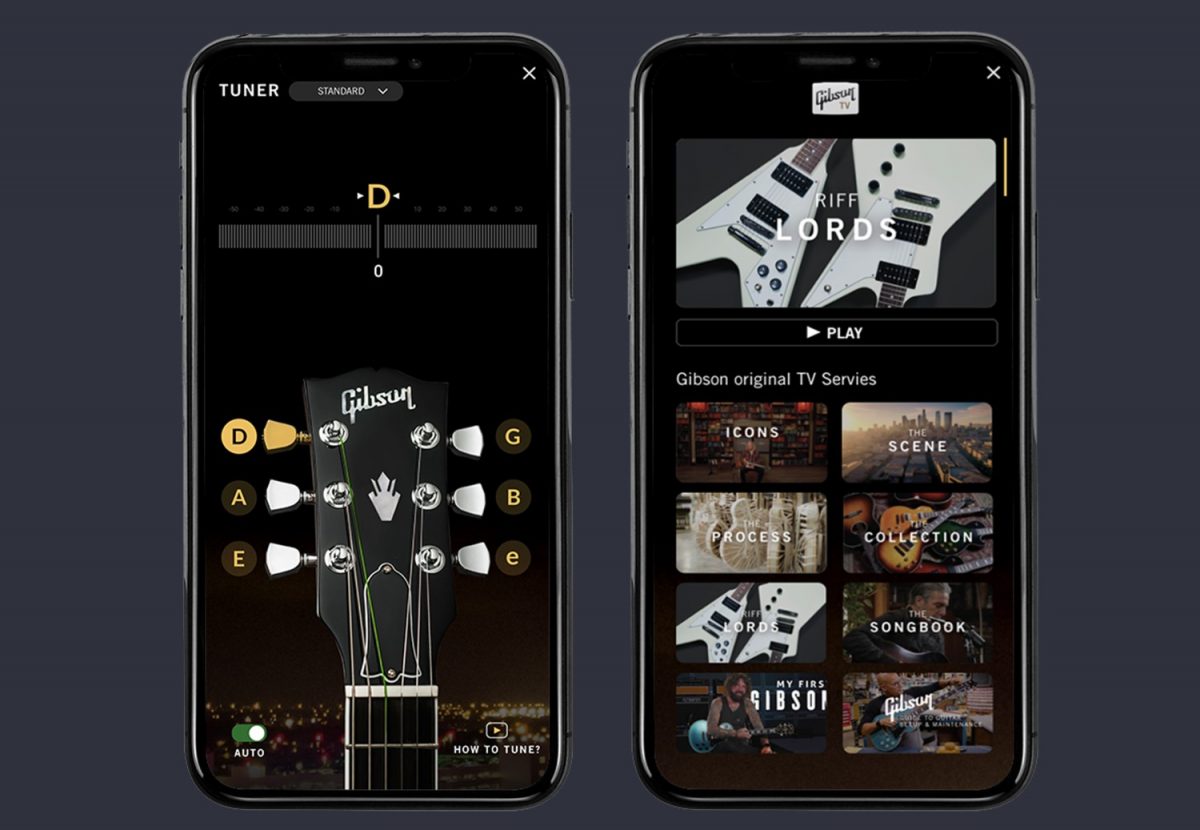
The decibel scale is logarithmic, which means that loudness is not directly proportional to sound intensity. Sound intensity is the amount of sound energy in a confined space. How loud something sounds to you is not the same as the actual intensity of that sound.

For more information, visit NIOSH’s website. The time estimates listed in the “Typical Response” column are based on the NIOSH exchange rate of 3 dB. Hearing loss possible in less than 2 minutes Hearing loss possible in less than 5 minutes The maximum volume level for personal listening devices a very loud radio, stereo, or television and loud entertainment venues (such as nightclubs, bars, and rock concerts) Sounds at these dB levels typically don’t cause any hearing damage.ĭamage to hearing possible after 2 hours of exposureĭamage to hearing possible after about 50 minutes of exposureĪpproaching subway train, car horn at 16 feet (5 meters), and sporting events (such as hockey playoffs and football games) Typical Response (after routine or repeated exposure) After all, in an era when even the light bulbs have ears, a paranoiac's work is never done.Sounds and Noises Everyday Sounds and NoisesĪverage Sound Level (measured in decibels) And removed the microphones from your phone and computer.
Real time listening device windows#
And if you're paranoid enough to be concerned about this sort of spy game, hopefully you've already used anti-vibration devices on those windows to prevent eavesdropping with a laser microphone.

Just cover any hanging bulbs, or better yet, close the curtains. "We’re not in the game of providing tools."Īs unlikely as being targeted by this technique is, it's also easy to forestall. "We want to raise the awareness of this kind of attack vector," he says. Still, Nassi says the researchers are publishing their findings not to enable spies or law enforcement, but to make clear to those on both sides of surveillance what's possible. "When you actually use it in real time you can respond in real time rather than losing the opportunity," he says. That could make lamphone significantly more practical for use in espionage than previous techniques, Nassi argues. "You just need line of sight to a hanging bulb, and this is it." "Any sound in the room can be recovered from the room with no requirement to hack anything and no device in the room," says Ben Nassi, a security researcher at Ben-Gurion who developed the technique with fellow researchers Yaron Pirutin and Boris Zadov, and who plans to present their findings at the Black Hat security conference in August. By measuring the tiny changes in light output from the bulb that those vibrations cause, the researchers show that a spy can pick up sound clearly enough to discern the contents of conversations or even recognize a piece of music.

Researchers from Israeli's Ben-Gurion University of the Negev and the Weizmann Institute of Science today revealed a new technique for long-distance eavesdropping they call " lamphone." They say it allows anyone with a laptop and less than a thousand dollars of equipment-just a telescope and a $400 electro-optical sensor-to listen in on any sounds in a room that's hundreds of feet away in real-time, simply by observing the minuscule vibrations those sounds create on the glass surface of a light bulb inside. Now add another tool for audio spies: Any light bulb in a room that might be visible from a window. The list of sophisticated eavesdropping techniques has grown steadily over years: wiretaps, hacked phones, bugs in the wall-even bouncing lasers off of a building's glass to pick up conversations inside.


 0 kommentar(er)
0 kommentar(er)
